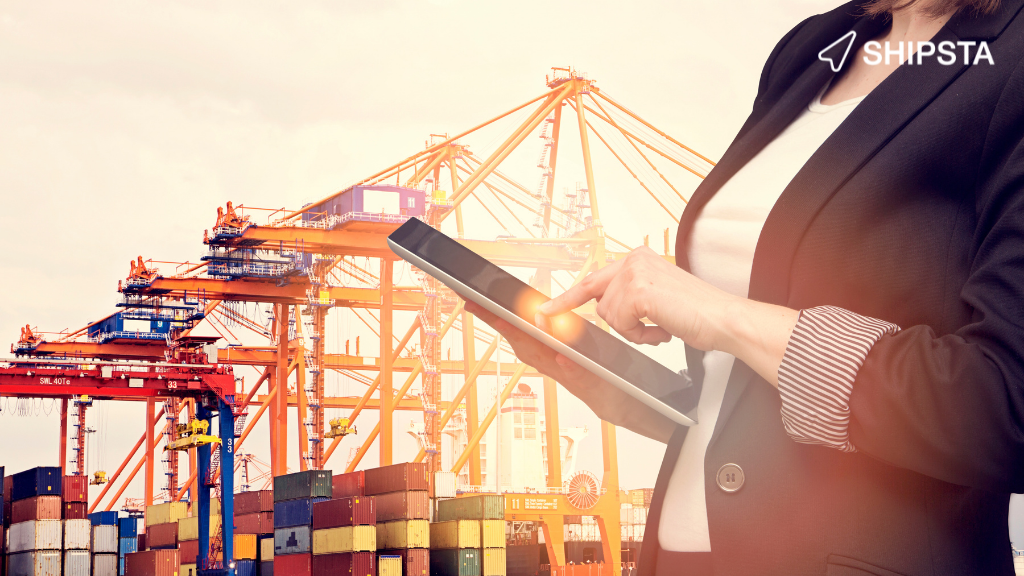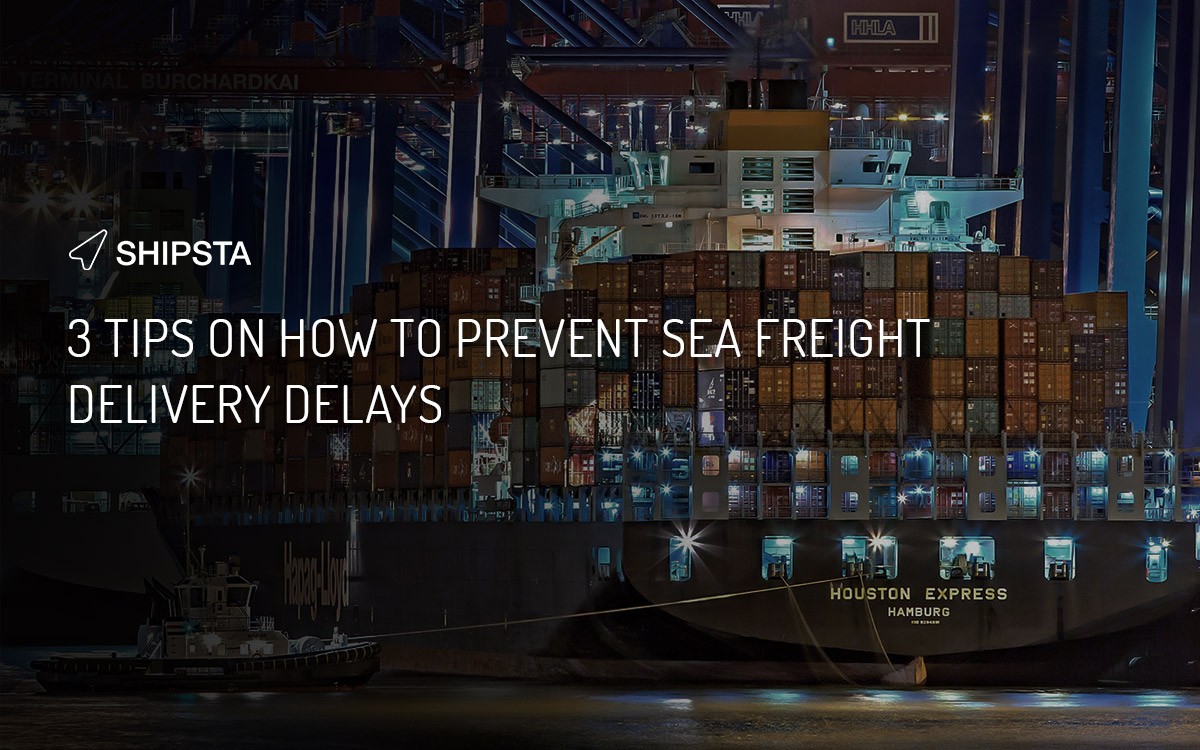The coronavirus – risk to health and the economy
The novel coronavirus Sars-CoV-2 has been keeping the world on tenterhooks since the beginning of the year. The disease, which is now a global disease, is already causing symptoms on the capital markets, causing profit forecasts in the logistics sector to fluctuate and has already caused events to be cancelled worldwide. Also Logimat will not take place this year as planned, the Olympic Games are suddenly in limbo. How serious the global health risk is and how deep the impact on the logistics sector will be, will become increasingly apparent in the near future.
Coronavirus infects logistics sector and global economy
The global economy, and above all the logistics sector, is already feeling the effects of precautionary and quarantine measures; while the spread of the virus seems to be slowed by them at best. The Dow Jones plummeted by a record point on one trading day, and the FED even cut the US prime rate unexpectedly to cushion the economy.
Fewer containers are arriving in Germany from China and the volume of hinterland shipments is falling sharply. The Otto Group is already expecting delivery bottlenecks and shortages in the product range over several weeks. According to the Managing Director of Contargo, there is also already a lack of empty containers in Germany as an export nation, as there is no longer a steady flow of goods. Despite the incidents in Italy and elsewhere, there is so far only uncertainty and a gloomy mood in intra-European transports, but no effects have yet been felt in intra-European goods traffic. Imports to China are also falling, due to less available freight space and suspended flight connections. Thus, the coronavirus is not only causing a health emergency, but also an economic one.
Panic or appropriate caution?
One might well ask:
“Is all this really necessary?”
“Must we lower the base rate because of a „flu“?”
One thing is clear: If factories and companies remain closed and connections are cut, then relatively soon there will be a shortage of parts for industry, and even orders for the logistics sector. This immediately puts a strain on the economy, on the one hand through uncertainty and the actual lack of orders. However, if people were to put the health of themselves and others at risk in a way that is difficult to foresee if they did not take the necessary measures, nothing would change for the time being. Neither in Asia, nor in Europe, if the virus continues to spread here too.
Therefore, concerns about the economy and the logistics sector are quite justified and pessimism about existing profit forecasts is not inappropriate. On the other hand, a panic overreaction would not be helpful at all, as deeply drastic measures, such as the sealing off of entire areas, would only slow down the virus if at all, but would directly slow down the economy, Robert Kümerlen mentions in a commentary in the DVZ. In addition, the self-fulfilling prophecy could also come true on the stock exchanges; because if everyone is of the opinion that the economy is going downhill, then this is exactly what will happen, since price expectations will collectively fall and these will determine the actual prices. Thus, a difficult balancing act is required on the political and institutional side.
What is dangerous about Sars-CoV-2?
As far as the global health risk is concerned, the problem is above all the novelty of the pathogen, which has led to all the precautions and emergencies of the competent organisations. It is not clear how the virus behaves exactly, how it can spread so efficiently and how lethal the Covid-19 lung disease it causes is in the end. The overall situation is classified by the World Health Organization (WHO) as „an exceptional occurrence that is serious, sudden, unusual or unexpected“ and thus leads to the declaration of an international health emergency. The outbreaks of Ebola in 2014 and 2019 and the appearance of the Zika virus in 2016 are the most recent comparable health emergencies.
Although the corona virus is in fact in the same virus group as an ordinary flu, it is already in a completely different subgroup. Therefore, a meaningful comparison is extremely difficult. The lethality of Sars-CoV-2 is now estimated to be around 1%, despite the poor data situation, which is many times higher than that of the common flu. Nevertheless, as with influenza, older people with weakened immune systems are particularly at risk.
The coming weeks – normalisation in China, further destabilisation elsewhere
In the coming weeks, the virus is expected to spread even further across Europe and the world. The health effects remain to be seen.
On the economic side, production should stabilise again in the course of the month, at least in China, and push up freight rates after the bottleneck. Capacities for connections to Southeast Asia continue to be scarce as shipping companies are skipping ships. The European economy is also likely to continue to be affected. Experts estimate that production will recover by the end of April, resulting in high freight rates. The hinterland transport chain could come under enormous pressure and face double-digit growth rates, the manager of TFG Transfracht told DVZ.
All in all, the economy will continue to be in a state of uncertainty and will feel the consequences. The German Institute for Economic Research is already calling for „strong signals“ from the institutional side and some voices are calling for state economic aid.
If you believe experts, the situation will recover by end of April, but this will result in high freight rates. SHIPSTA helps you to optimize the strategic procurement of freight rates for short-term transports and long-term contracts.
About SHIPSTA
SHIPSTA powers smart logistics procurement with a digital platform that connects shippers and carriers to ensure a frictionless procurement process for spot and contract buying, entirely online. It automates complex tasks, provides unrivalled visibility and supports fast data-driven decision-making. Designed and built by experts in logistics procurement, it is bringing transparency, automation and efficiency to the global logistics industry. It is used by some of the world’s largest companies to respond to market volatility, control freight costs and manage risk. The company was founded in 2015 and is based in Mertert, Luxembourg and Hamburg, Germany.




